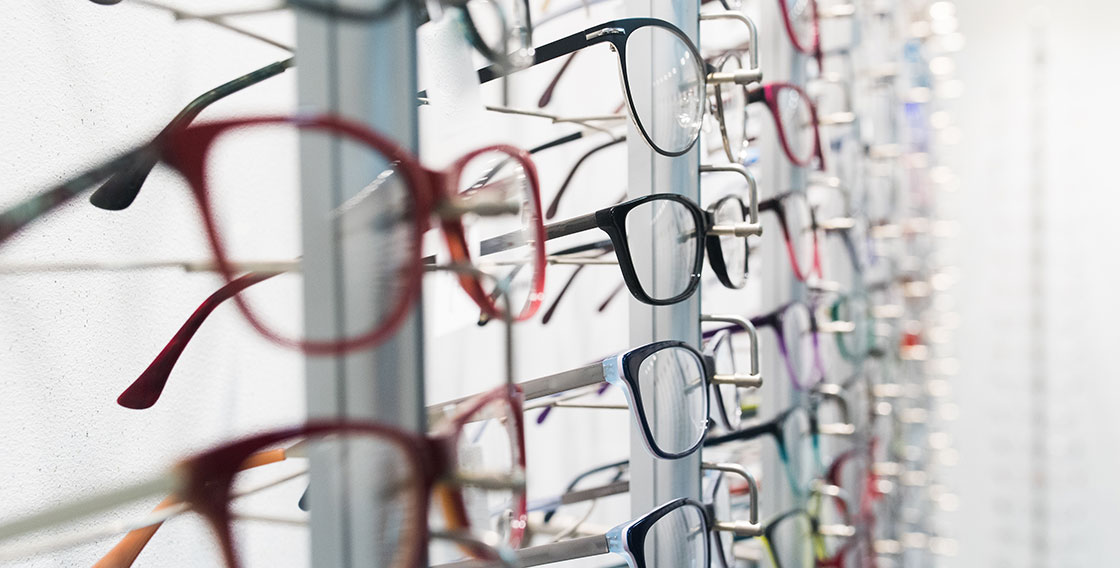4 Types of Colored Lenses and What They Can Do For You

You might remember colored lenses from a past Halloween costume, or maybe you once wore colored contacts to give yourself the blue eyes you’ve always wanted. But today, tinted lenses have evolved far beyond a fashion statement. There are many different types of lenses that serve different purposes—some of them can even improve your ocular health!
Colored lenses can enhance basic eye care, allowing you to keep your eyes as healthy as possible as you age! Tinted contact lenses can serve a myriad of medical purposes, from simple to complex. Let’s explore just a few.
Blue tinted lenses for light sensitivity and seizures
People who live with conditions associated with seizures are extremely sensitive to light stimulation, sudden flashes of light, or strobe lighting. This results in an episode of abnormal brain activity known as a photoparoxysmal response.
It is believed that blue colored lenses are especially effective in preventing this abnormal brain response. Blue-tinted lenses have are also considered to be useful for people who suffer from light-triggered headaches and migraines.
Red or magenta tinted lenses for red-green color blindness/deficiency
Yes, red-green color blindness can be improved! Studies have shown that a magenta-to-red lens on the user’s non-dominant eye will improve how they perceive color.
Note that there is no one lens on the market that will cure color blindness, but using a colored lens can improve eyesight for some.
Yellow tinted lenses to filter out harmful blue light
Anyone who owns a smartphone or computer, or even someone who spends a lot of time around fluorescent lighting or outdoors, is at risk of over-exposure to blue light, which can be harmful over time and could even lead to vision loss as you age.
In the short term, this harmful light can cause blurred vision, headaches, and can impact your sleep schedule. Using yellow-tinted lenses or yellow sunglasses can block out blue light completely, but they also have the potential to distort other colors when worn around the clock.
You can try using a pair of yellow-tinted daytime glasses for when you’re working on the computer, and switch to yellow-tinted sunglasses when spending a lot of time outdoors.
Brown and copper tints to maximize eye health while driving
People who drive for a living might consider using brown or copper tinted lenses to enhance visual clarity and to help block out glaring sunlight.
In addition to clarity, brown and copper lenses make the color red stand out among other colors. So if you see brake lights, a stop sign, or any other warning signal—they will be more pronounced, allowing you to make safer choices on the road.
Think you could use tinted lenses? Choosing the right ones starts with a visit to a reputable Optometrist.
If you think that a pair of colored lenses will benefit your health, it’s important to get your eyes thoroughly checked out. Visit a reputable Optometrist that performs professional eye exams, where your eye functioning will be tested and evaluated.
In addition to performing an eye exam and helping you choose the right daytime lenses for your eyes, your Optometrist can help you choose UV sunglasses, protecting eyes from harmful UV rays.
